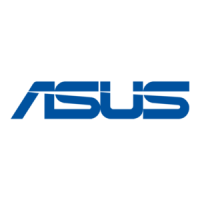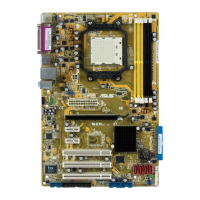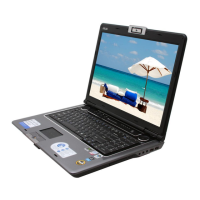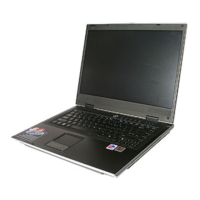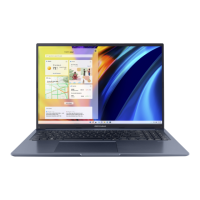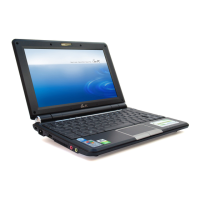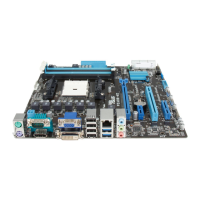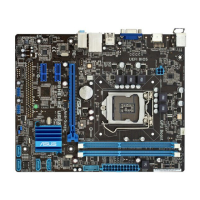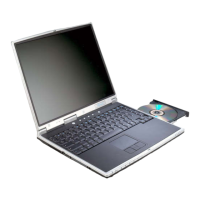
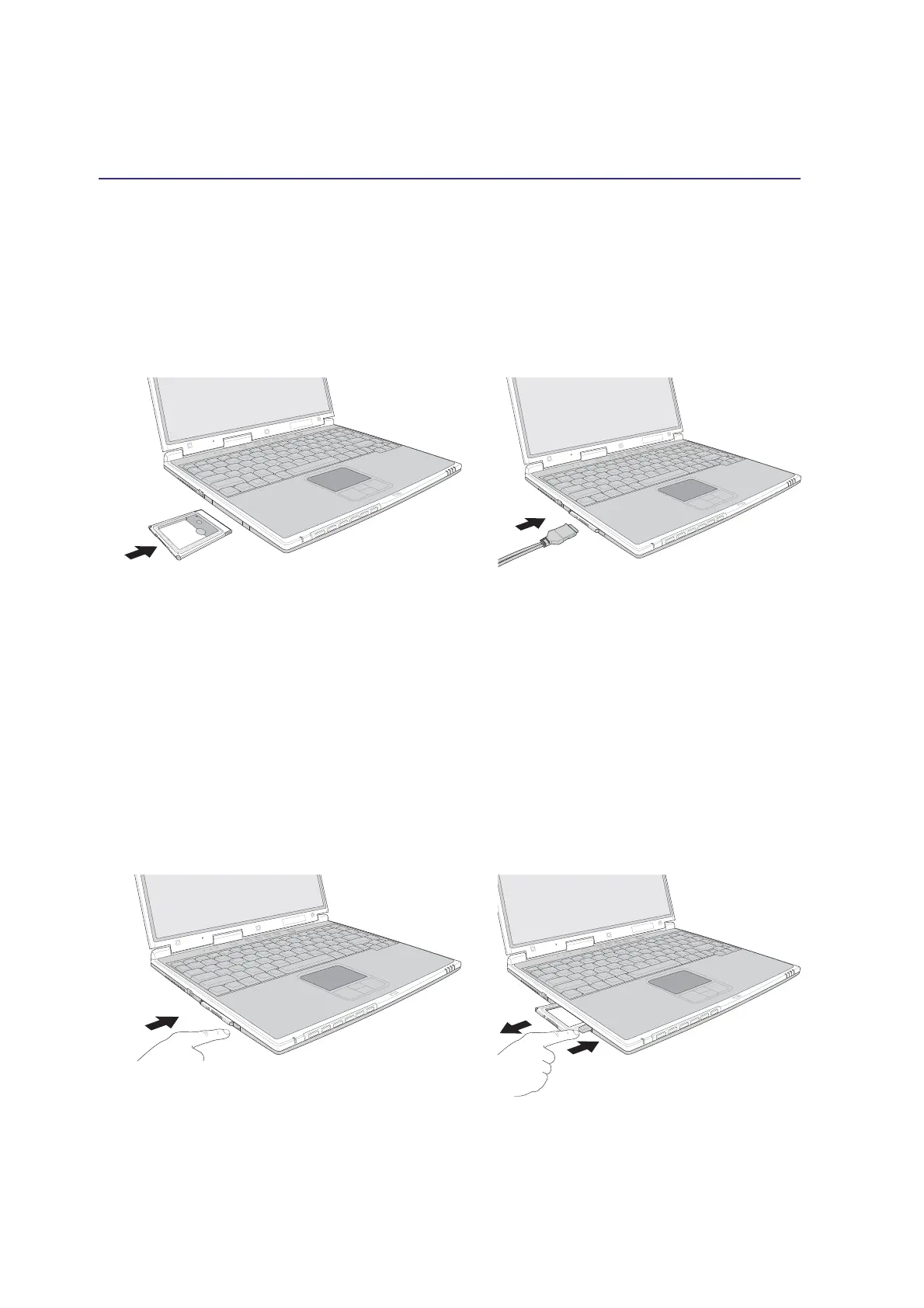 Loading...
Loading...
Do you have a question about the Asus M2 and is the answer not in the manual?
Compliance statements from FCC and Canadian Department of Communications.
General precautions to increase the lifespan and safe operation of the Notebook PC.
Cautions for lithium-ion batteries and guidelines for transportation/airplanes.
Identifies and describes components on the top side of the Notebook PC.
Identifies and describes components on the bottom side of the Notebook PC.
Covers battery, power, startup, shutdown, keyboard, and indicators.
Details on AC power, battery systems, charging, and power management modes.

